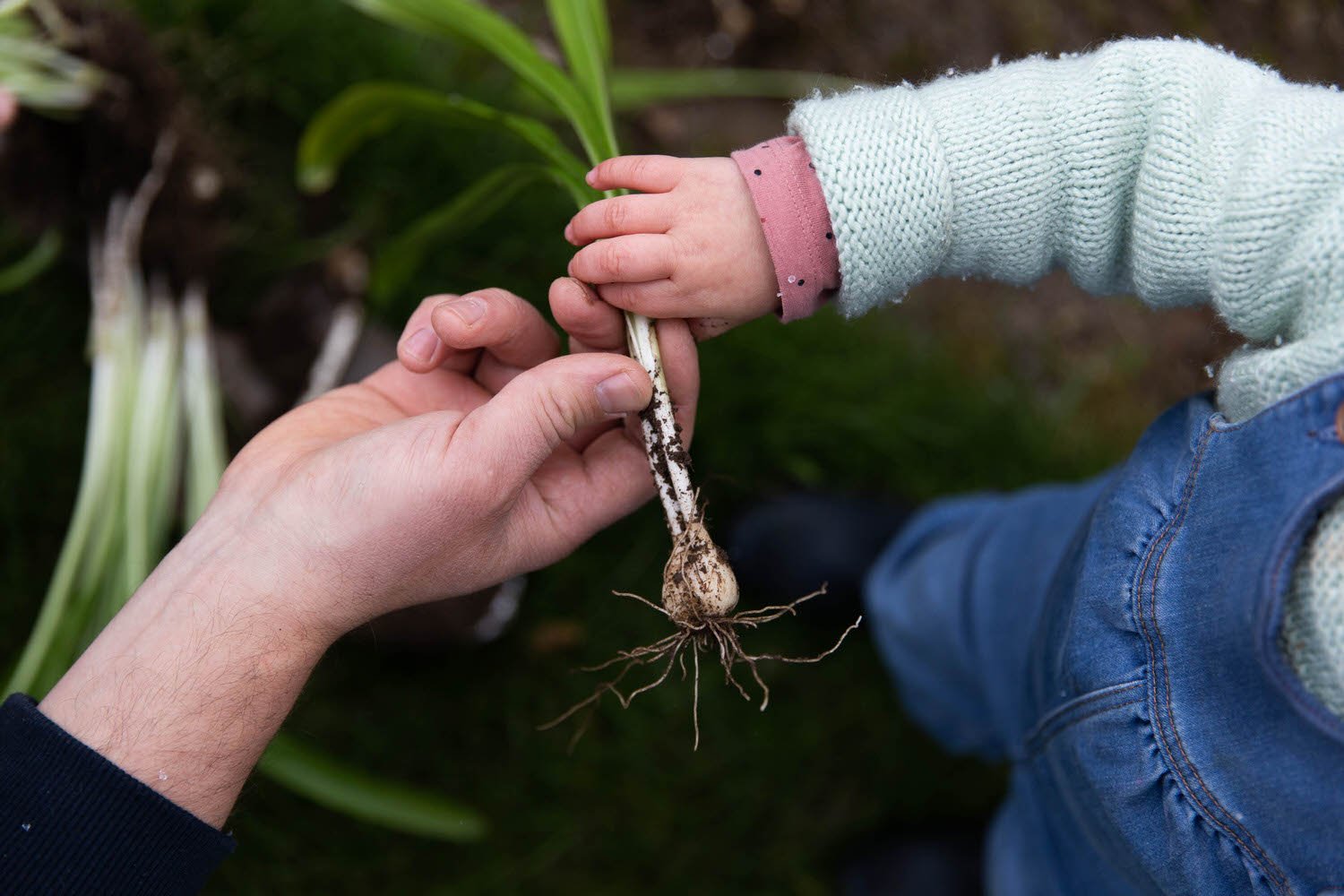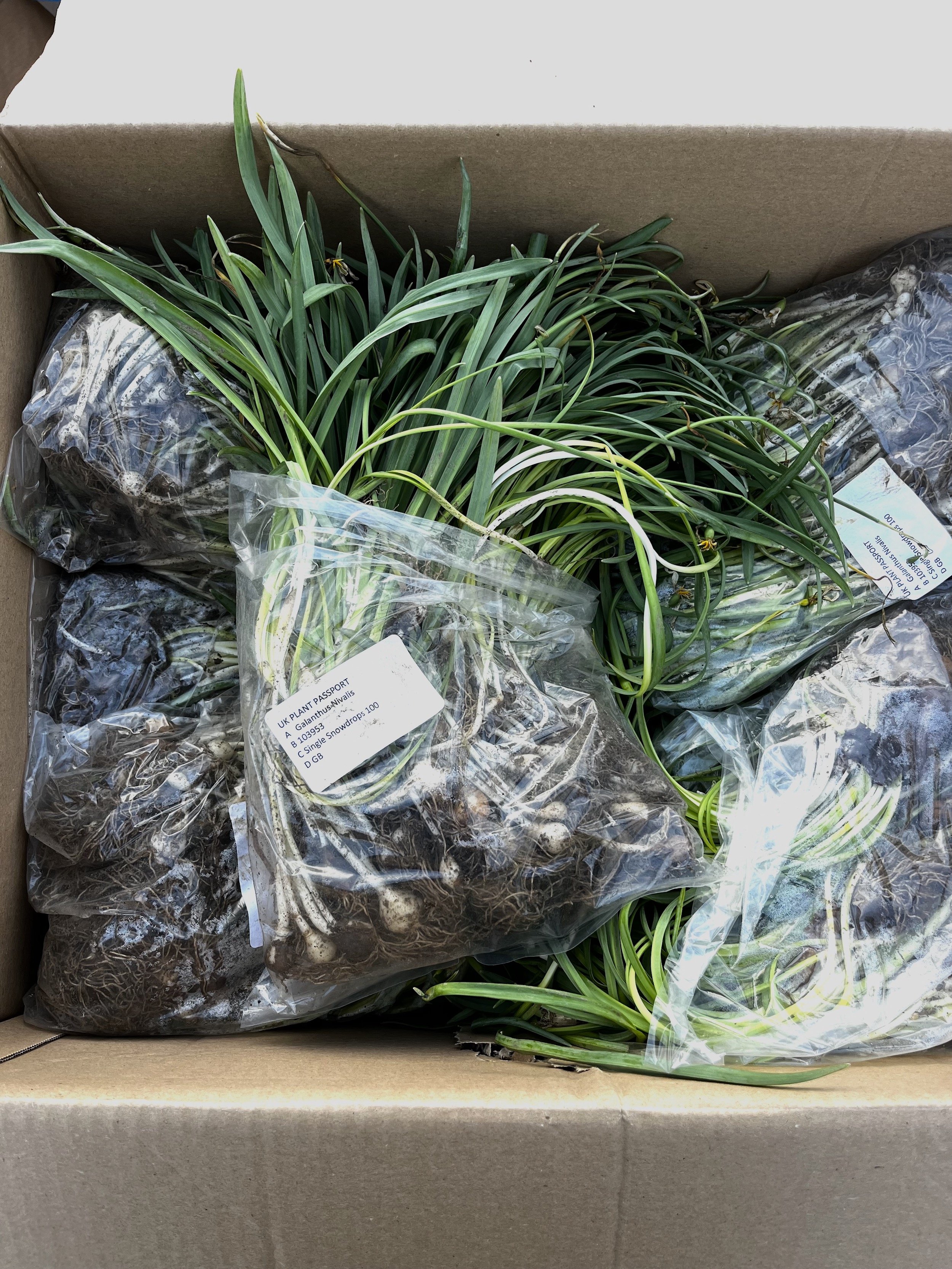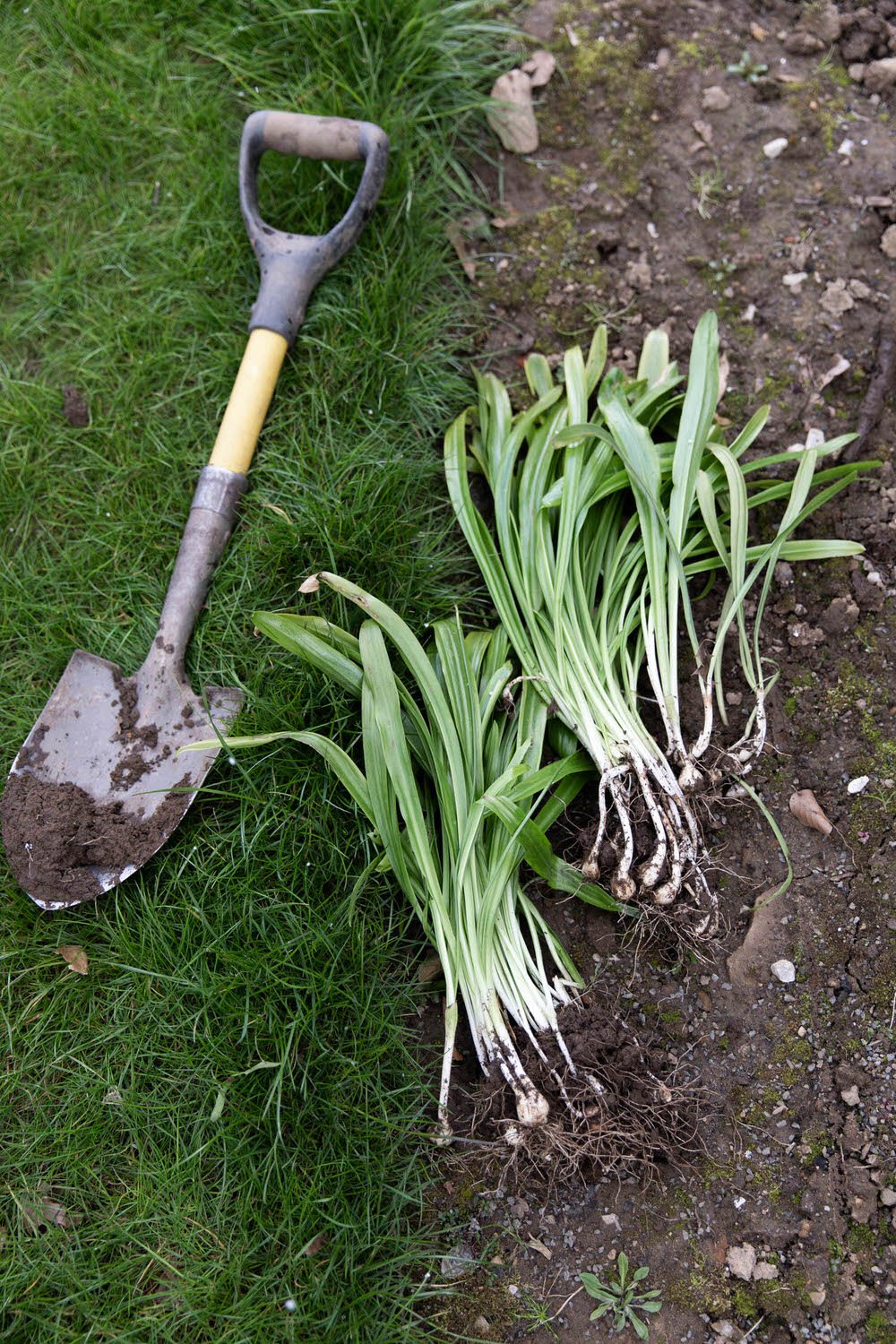Plant guide : Snowdrops
Botanical name: Galanthus
Whether it’s huge drifts in a public garden, or a few nodding heads in a window box, the appearance of the first snowdrops can’t fail to bring good cheer in the gloom of Winter. The tiny and seemingly humble snowdrop has quite a fanbase: snowdrop festivals take place in public gardens and estates in the first months of the year; rare varieties famously sell for huge sums of money, one single snowdrop bulb selling for £1,390 on eBay back in 2015; and collectors of the plant are so numerous they have even been given their own name: Galanthophiles, after the plant’s Latin name.
But you don’t need to shell out huge sums of money to enjoy snowdrops. The common variety, Galanthus nivalis, can be bought for a few pounds, and it is well worth tucking a few bulbs somewhere in the garden, to enjoy in the winter months when so many plants are dormant.
Plant type:
Bulbous perennial
Snowdrops appear in January and February, poking up above the soil with small white flowers on green stems, and die back down again to a bulb, ready to reappear the following year. If they’re happy in the conditions they’re planted in, they easily reproduce under the soil and over time will multiply to make drifts.
Growing conditions:
Snowdrops do well in dappled shade, and are especially happy planted underneath large herbaceous shrubs and trees, as they appear above ground before the trees come into leaf. (In the wild, snowdrops would naturally grow in the woods, so recreating similar conditions to this in a garden will make them most happy). They can also do well as drifts in lawns, where the foliage dies down before the lawn needs to be mown.
Because they are so small, they can have more impact on a raised site, where you don’t need to bend down to see them. As they appear in Winter, when we’re often in the garden less frequently, it can also be a good idea to plant them in a sight line from a window, or close to a doorway, so you can peer out at them from the warmth of inside…
You can also grow snowdrops in pots, either on their own, or mixed with other bulbs, but be sure to keep the pot well watered throughout the summer months.
Snowdrops need moist but well drained soil and prefer rich soil, with plenty of fertility. If your soil is less fertile, add in lots of well rotted organic matter or leaf mould when planting. This can also help to improve drainage in thicker, clay soils.
How to plant:
Snowdrops can be planted as bulbs, but tend to do best when planted “in the green” — planted in Spring time when the flowers have died but the leaves remain above the ground.
You can either divide up existing drifts and clumps, to replant and hopefully reproduce, or buy snowdrops in the green from most garden centres and plant nurseries from February. Just remember that they have already flowered for that year, so you won’t see the flowers until the following Winter.
If you are planting bulbs, plant them as soon as they arrive, as snowdrop bulbs are prone to drying out. A good way to make snowdrops look natural in the ground is to scatter the bulbs by grasping a handful and throwing them, and then planting them where they land. Create a small hole, about twice as deep as the bulb, using either a bulb planter or a Japanese knife, and push the bulb into it, with the pointed side up. If you’re planting large numbers of bulbs into bare earth, it is usually easier to dig a large area over, remove all the soil to the depth of about four times the size of the bulb, add some organic matter in the bottom, place all of the bulbs into the pit and then cover with the rest of the soil.
If you are planting in the green, you can use a similar method of scattering and then planting individually. Make sure the plant remains at the same depth it was planted before — you can tell this from the mark where the leaves turn from white to green. If this lines up with the top of the soil, the plant is back at the same depth.
Uses:
Snowdrops make excellent cut flowers to bring inside the house.
As they are so small, this is a great way of being able to see the delicate flowers up close. Match with a bit of seasonal foliage — ivy is always a good bet — in a small jar or vase.
Our favourite varieties:
You can really have fun choosing obscure snowdrop varieties, but you can’t go wrong with the beautiful common snowdrop, Galanthus nivalis.
Care:
Once established, snowdrops take very little care, and will happily grow and multiply in their position. The main thing is to make sure they don’t dry out over hot periods, so water well in Summer months (this can be a bit of a challenge, as you won’t actually be able to see the plant, as they are dormant beneath the soil – so you need to remember where they are!) Snowdrops grown in pots will need plenty of water throughout the year.
As the plants multiply by growing new bulbs, you can lift and divide them every few years to prevent the areas getting congested. This is fairly straightforward. Once the flowers have died back, but while the leaves are still above the ground, dig up any big clumps, taking care not to damage the bulbs below the soil. You can gently tease the bulbs apart, either dividing out each individual bulb and replanting it, or simply separating your original clump into three or four new smaller clumps and replanting each of those.
Grow with:
Snowdrops are often found growing alongside other early flowering bulbs, such as crocus or aconite, often under deciduous trees or in borders where herbaceous plants will take over their spot once dormant.
They can also be planted with evergreen, low growing foliage plants to create a strong effect. Contrasting colours, such as the black grass-like Ophiopogon planiscapus ‘Nigrescens,’ look dramatic as a backdrop to the white flowers. Dark green foliage (such as evergreen ferns or hellebores) tone well with the snowdrops’ own leaves.








